All Topics
- Alchemizing Music Concepts for Students
- Artist Spotlight
- artium gift card
- Artium Maestros
- Artium News
- buying guide
- Carnatic Music
- Devotional Music
- Editorials by Ananth Vaidyanathan
- Film Music
- Guitar
- Hindustani Classical Music
- Indian Classical Music
- Indian Folk Music
- Insights
- Instruments
- Karaoke Singing
- Keyboard
- Kids Music
- maestros
- Music Education
- Music for Kids
- Music Industry
- Music Instruments
- Music Legends
- Music Theory
- Music Therapy
- Piano
- piano guide
- Success Stories
- Tamil Film Music
- Telugu Film Music
- Time Theory
- Tools
- Uncategorized
- Vocal Singing
- Vocals
- western classical music
- western music
- Western vocal music
How to Identify Swaras in Carnatic Music?
How to Identify Swaras in Carnatic Music?
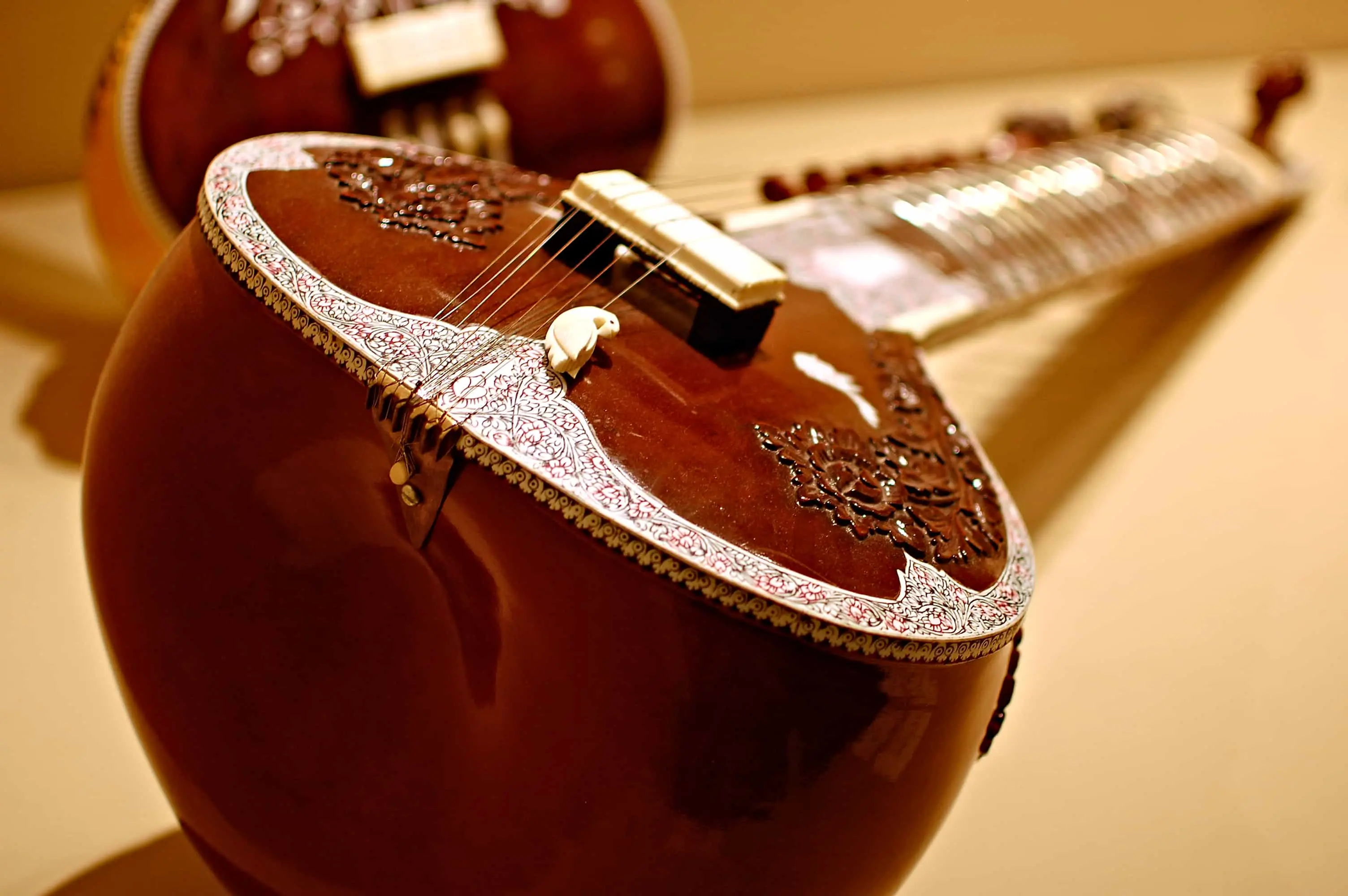
Table of Contents
Carnatic classical music is one of the richest musical traditions in the world. It owes its intricate beauty to Swaras in Carnatic music. These Swaras form the building block of melodies that are the heart and soul of each raga and composition. But how does one identify these Carnatic music Swaras? Swara recognition is an essential aspect of learning and enjoying Carnatic classical music, and we at Artium Academy believe that the foundation of Carnatic music should not be shaky.
In this blog, we will take you along the magical journey of Carnatic music Swaras, its secrets, techniques, and tips to enhance your musical ear.
But before that…
If you’re really excited to start your journey in music, start with a free trial lesson today!
Understanding Swaras: The Foundation of Carnatic Vocal Music
Carnatic music Swaras are the foundational notes of Indian classical music. It is akin to notes in Western music. Following are the seven primary Swaras in Carnatic music:
- Sa (Shadja)
- Ri (Rishabha)
- Ga (Gandhara)
- Ma (Madhyama)
- Pa (Panchama)
- Dha (Dhaivata)
- Ni (Nishada)
There are multiple variations of these Swaras – Shuddha (pure), Komal (flat) or Tivra (sharp). These variations add to the complexity and beauty of Carnatic vocal music. These Swaras create Ragas, each with its unique arrangement and expression of emotions.
Importance of Identifying Carnatic Music Swaras
Identifying Swaras in Carnatic music is very important to master Carnatic vocal music. Just imagine you’re listening to or enjoying a beautiful rendition of a Raga, and you’re unable to understand the notes that make it interesting. Here are the reasons why it is essential to be able to identify Swaras in Carnatic music –
- Raga Understanding
Swaras are performed in ascending (Arohana) and descending (Avarohana) order, and a specific set of these Swaras defines every Raga. Identifying these Swaras helps you understand these patterns, thus improving your knowledge of the Ragas.
- Improvisation and Clarity
Recognising Carnatic music, Swaras is the cornerstone of Manodharma (improvisation). From performing Alapana and Kalpanaswara to Neraval, knowing the Swaras properly can significantly enhance your creative freedom.
- Enhanced Listening Skills
When you’re able to identify Swaras in a LIVE Carnatic classical music performance or recordings, you end up developing a more refined appreciation of the music, thus enriching your learning journey.
Techniques for Identifying Swaras in Carnatic Music
Identifying Swaras in Carnatic classical music requires the right techniques, practice and patience. Here are some of the methods you can use to identify Swaras:
- Listening and Imitation
- Hear simple Varnams or Krithis, and try to identify the Swaras in those melodies.
- Imitate the recordings by singing along with them to match your pitch with the Swaras.
- Use a Drone (Tanpura)
- Use the drone app or Tanpura to establish the tone (Sa) and the fifth (Pa).
- Using this foundation, work on recognising the placement of other Swaras.
- Instrumental Assistance
- It is easier to visualise and ‘hear’ Swara positions with the help of instruments, like the keyboard, violin, and veena.
- Swara Identification App
- Technology can be powerful in identifying Swaras. Apps designed to identify Swaras in Carnatic music can give you immediate feedback and help you hone your skills.
Carnatic Music Swaras and Their Role in Ragas
Every Raga in Carnatic vocal music presents its own unique emotional flavour known as Rasa. This determines the Swara arrangement. For example –
- Raga Kalyani – This Raga in Carnatic classical music includes a sharp Madhyama (Ma).
- Raga Shankarabharanam – This Raga in Carnatic classical music is known for its brilliance, as it uses all the seven Swaras in the correct form.
Exploring more on these Swara patterns in different Ragas helps you grow as a complete Carnatic classical vocalist.
The Role of Practice in Swara Identification
Like any other skill, identification of Swara in Carnatic music requires consistent practice. Here are a few practical tips for easy identification of Swara –
- Daily Swara Drills – Janata Swaras and Dhatu Swaras are some of the most complex Swaras in Carnatic classical music. Before you move to them, spend time singing easier and less complex Swaras with the help of a Tanpura.
- Raga Exploration – Focus on one thing at a time. Take one Raga and identify its Arohana and Avarohana Swaras. Repeat this exercise for all the Ragas.
- Record and Review – The only way to get better is to record yourself while you practise and then listen to it, to understand your errors. By doing this, you’ll be able to make constant improvements, which can prove invaluable.
The Cultural and Emotional Depth of Swaras
Swaras in Carnatic classical music are very important. They are not just mere notes; they are the heart and soul of this art form. Every Swara has a distinct feature in itself, they carry an emotional essence or Rasa, which can evoke deep feelings in both the performers and the listeners. For example, the Swara Ga(Gandhara) represents joy and tenderness, while the Swara Ni (Nishada) stirs a sense of longing. These emotional connections are deeply rooted in our traditions and cultural expressions for centuries.
The Swaras in Carnatic classical music can transcend cultural barriers. It has the ability to convey emotions through sound. Every Kriti or Alapana, a kyaara or a jarjia, each composition lays out a series of swaras to narrate a story. By being able to express Swaras properly, a musician can breathe life into a Raga, and paint vivid pictures of love, devotion and serenity.
This emotional richness is the result of a deep-rooted connection between the Swaras and the cultural heritage of Carnatic classical music. It celebrates the bonding of melody, spirituality, and storytelling. Once you learn to identify, understand and express Swaras, you officially step into the role of a storyteller and creator. This makes mastering Swaras not just a technical skill, but an artistic journey of self-expression and cultural preservation.
Start Your Carnatic Music Journey with Artium Academy
At Artium Academy, we understand that the path of every learner in Carnatic vocal music is different. Our Carnatic music classes are designed for every musical aspirant, whether you are just a novice or looking forward to sharpening your skills. With expert instructors, tailor-made lessons, and the option to learn Carnatic music online, Artium is the perfect guide to exploring the beautiful world of Carnatic classical music.
Are you ready to take your first step? Join a thriving community of over 25,000 students worldwide and make your musical dreams come true. Explore our courses today and begin your journey in the art of Carnatic classical music.
Book A FREE Trial Today to learn more about Carnatic music.



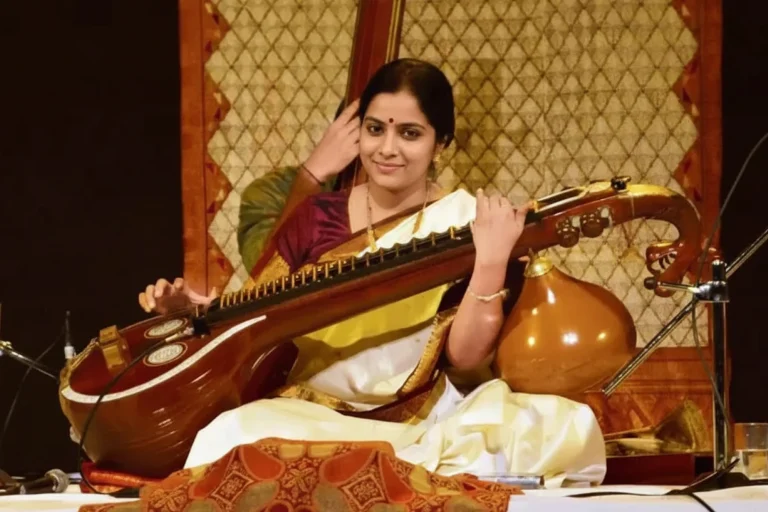

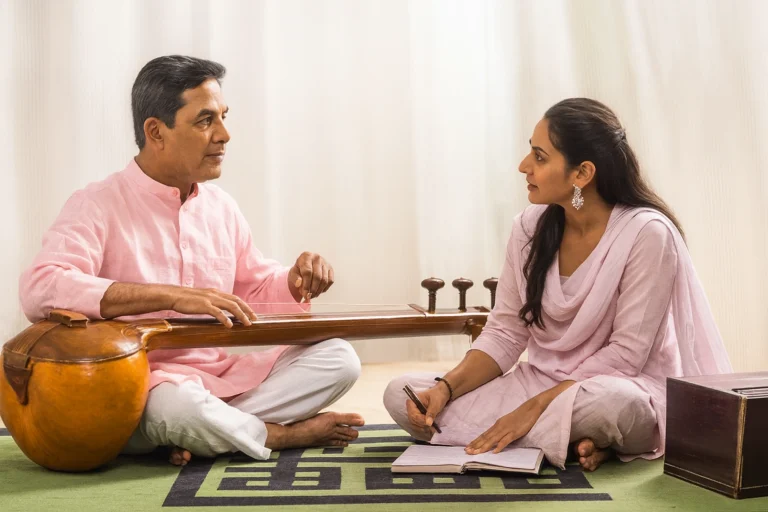
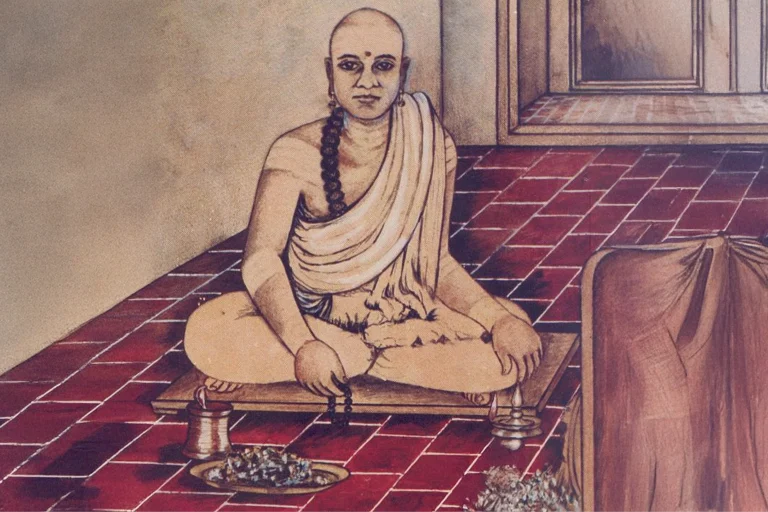
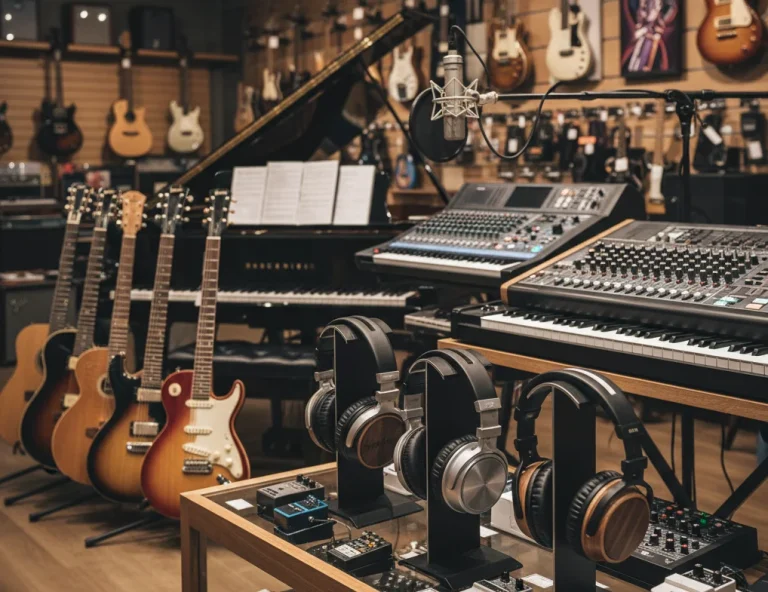

Understood all the key concepts about Swaras in Carnatic classical music. Great article on Swar